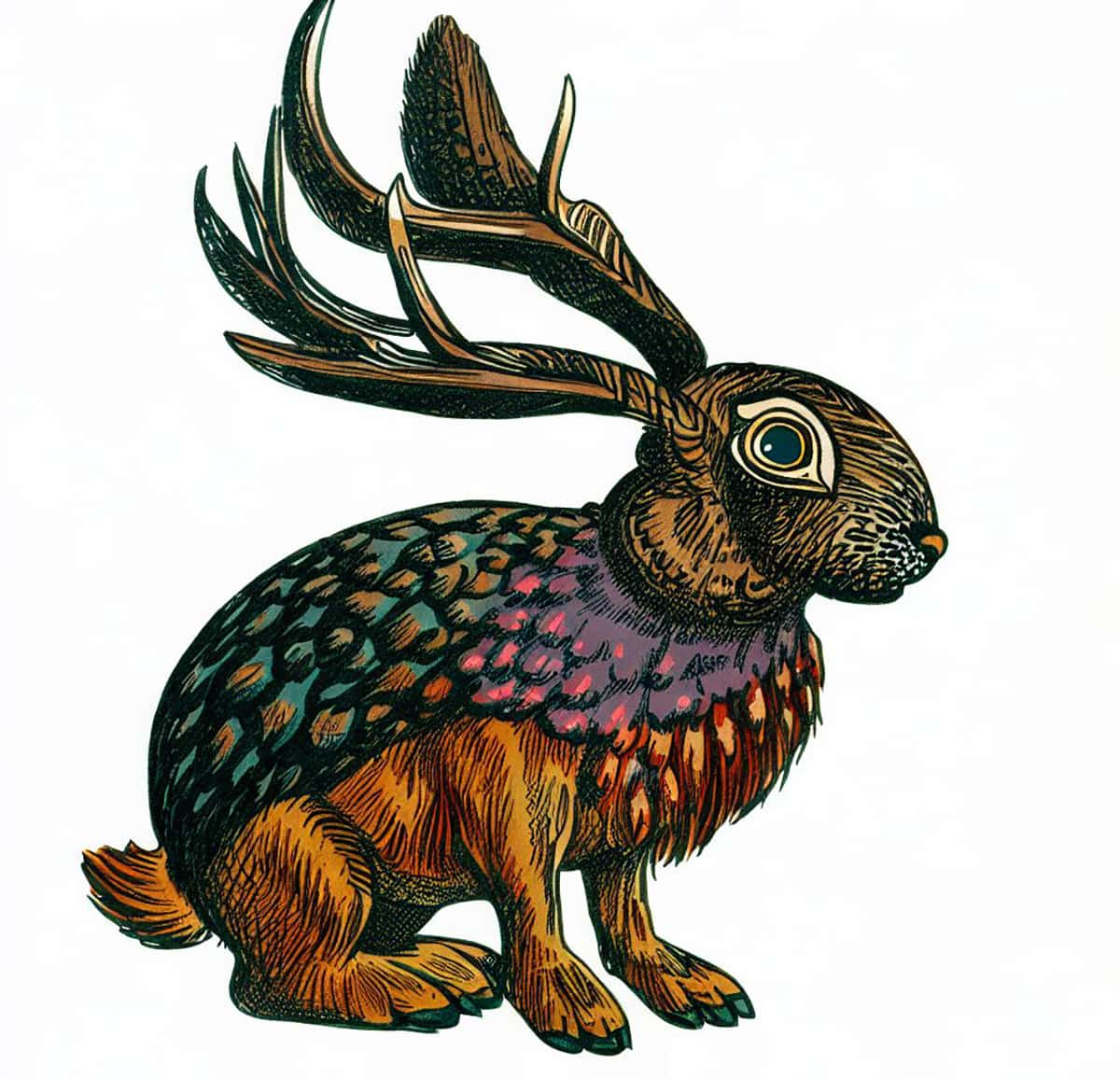Skvader: Story of the Flying Hare in Sweden
Because of Högberg's classification, you'll actually find the imaginary Skvader in a number of encyclopedias.

Because of Högberg's classification, you'll actually find the imaginary Skvader in a number of encyclopedias.

